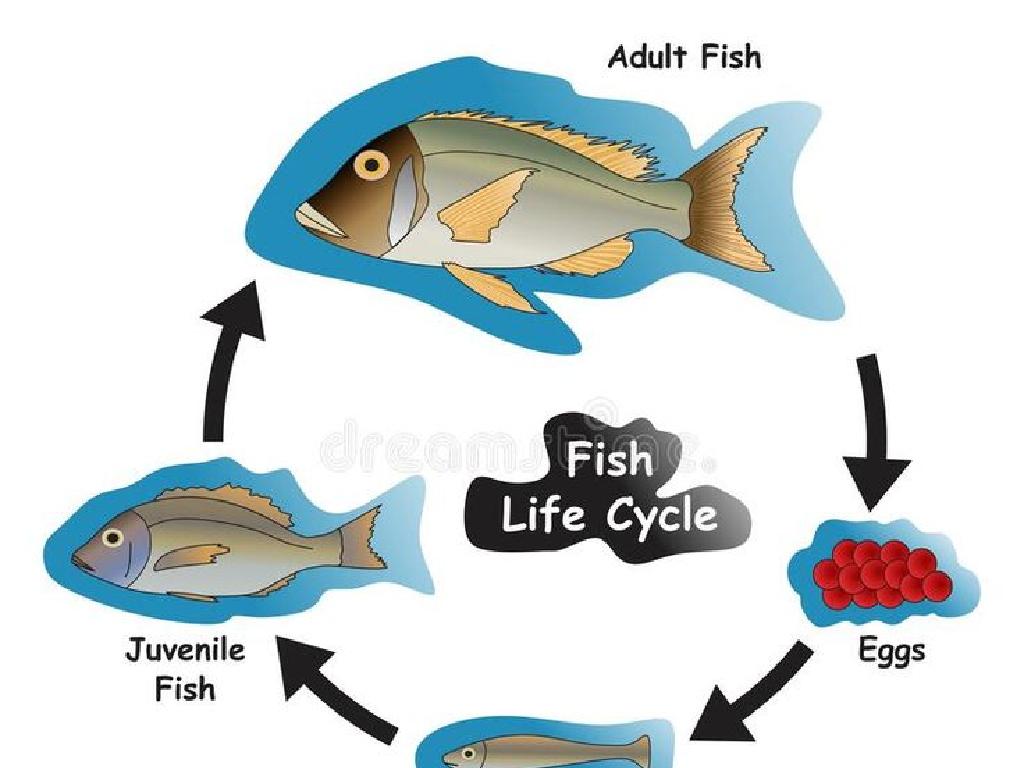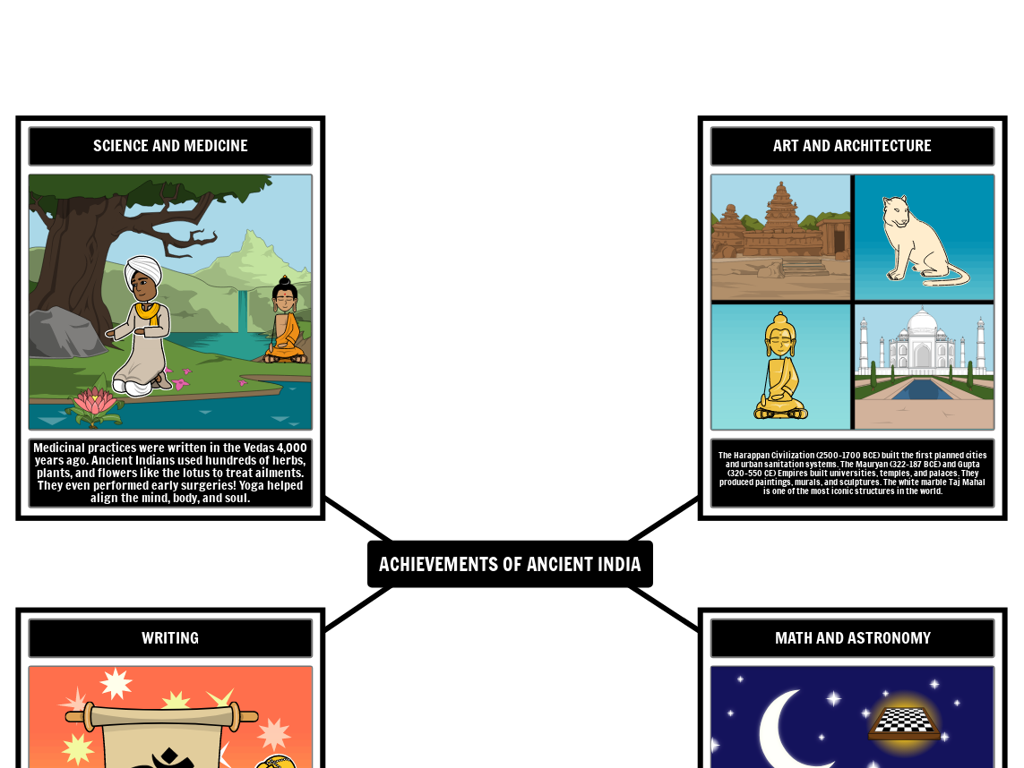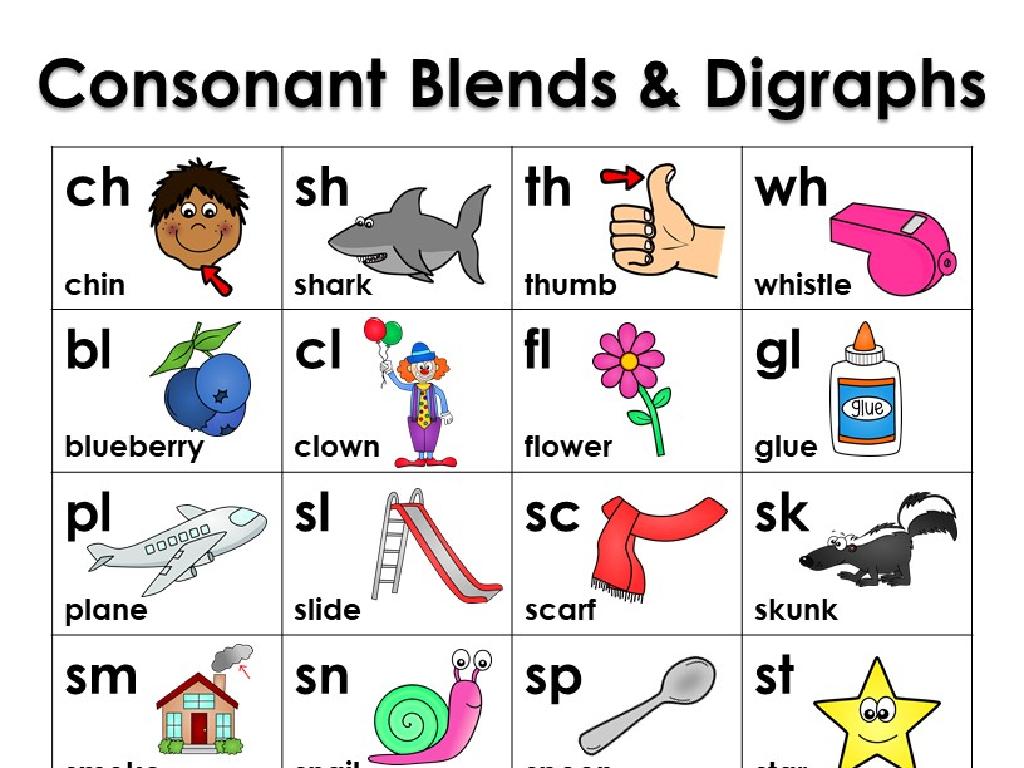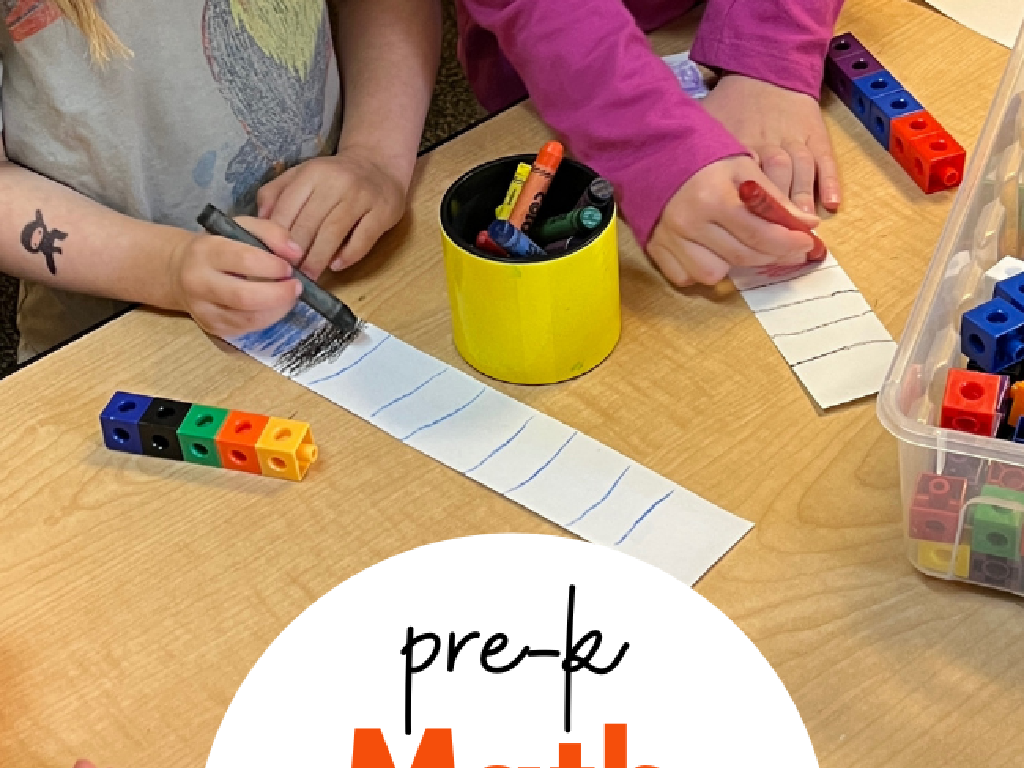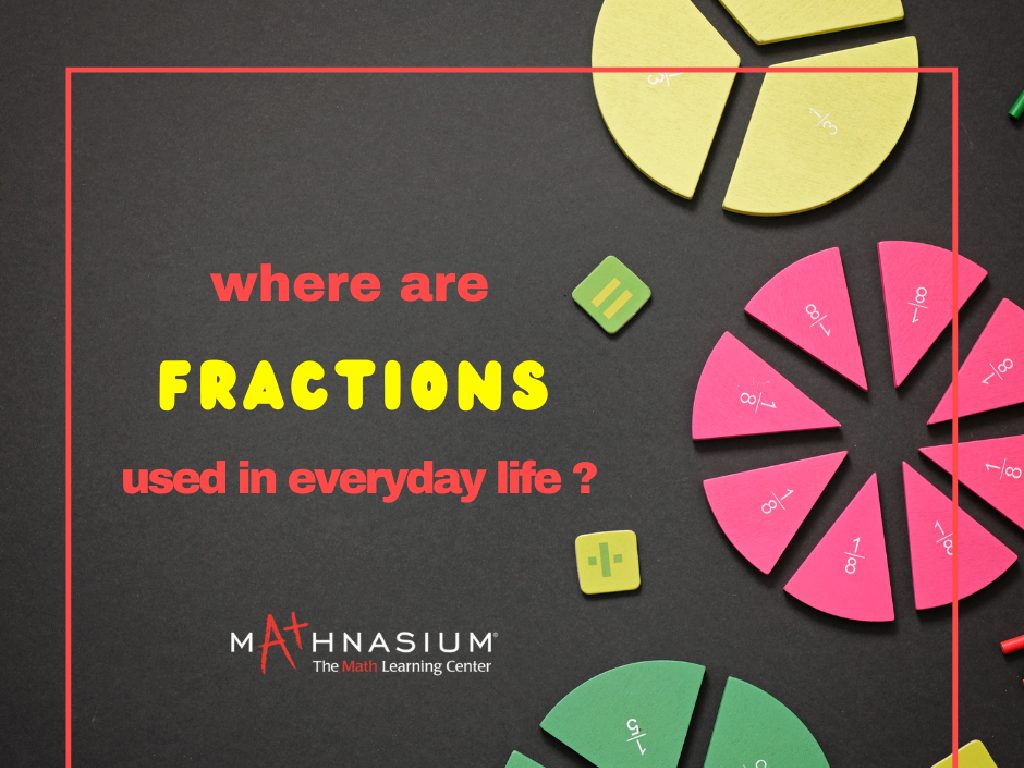Identify And Use End Marks
Subject: Language arts
Grade: First grade
Topic: Sentences
Please LOG IN to download the presentation. Access is available to registered users only.
View More Content
Welcome to Sentences: End Marks
– Sentences tell a complete thought
– Like ‘I love to read.’ tells one idea
– End marks finish our sentences
– They show where a sentence ends
– Periods, question marks, exclamation points
– A period is a full stop. A question mark is for a question? An exclamation point is for excitement!
– End marks help us read with feeling
– They tell us how to say something. Like ‘Wow!’ or ‘Are you sure?’
|
This slide introduces first graders to the concept of sentences and the importance of end marks. Begin by explaining that sentences are the building blocks of writing and must express a complete thought. Discuss the three end marks: periods, question marks, and exclamation points, and their specific uses. Periods indicate a statement, question marks a question, and exclamation points show excitement or strong feeling. Use examples to illustrate how end marks change the tone of a sentence and guide us on how to read aloud. Encourage the students to practice using end marks by reading sentences with different intonations and feelings.
Learning About Sentences
– What is a sentence?
– A sentence shares a complete idea.
– Sentences begin with a capital
– The first letter is always big.
– Types of sentences
– Telling, asking, and exclaiming sentences.
– Using end marks
– Periods, question marks, exclamation points.
|
This slide introduces first graders to the concept of sentences. Begin by explaining that a sentence is a group of words that gives a complete thought or idea. Emphasize the importance of starting sentences with a capital letter. Discuss the different types of sentences: declarative (telling something), interrogative (asking a question), and exclamatory (showing strong feeling). Teach them the end marks: a period for declarative sentences, a question mark for interrogative, and an exclamation point for exclamatory sentences. Use examples like ‘I love apples.’, ‘Do you like bananas?’, and ‘Wow! That’s a big pumpkin!’ to illustrate each point.
Meet the End Marks!
– Period (.) ends a statement
– It’s like a stop sign at the end of a sentence.
– Question Mark (?) asks a question
– When you’re curious and want to know more.
– Exclamation Point (!) shows excitement
– Like shouting with joy or surprise!
|
This slide introduces first graders to the concept of end marks in sentences. Explain that a period is used to show that a statement has finished, much like coming to a stop sign when driving. A question mark is used when the sentence is asking something, indicating curiosity or inquiry. An exclamation point is used to express strong feelings or excitement, similar to raising one’s voice when excited. Provide examples for each and have students practice by reading sentences aloud with the appropriate end mark. Encourage them to come up with their own examples and to use these end marks in their writing.
Using a Period in Sentences
– When to use a period
– A period is a dot we use to finish a sentence
– Periods end telling sentences
– Like saying ‘I’m done talking’ when we write
– Example of a period in use
– ‘The cat is sleeping.’ shows a complete thought
|
This slide introduces first graders to the concept of using periods in sentences. Emphasize that a period is like a stop sign for sentences, indicating that a thought is complete. Use simple, clear language to explain that when we tell someone something, like a fact or a statement, we end it with a period. The example provided should be read aloud, and students should be encouraged to come up with their own telling sentences. Practice with the class by writing sentences on the board and asking them where the period should go. This will help them recognize the end of a sentence and understand the function of a period.
Using a Question Mark
– When do we use a question mark?
– We use it at the end of a sentence to ask something.
– Asking questions with words like ‘what’, ‘where’, ‘when’
– Start questions with these words to ask about someone or something.
– Example: ‘What is your name?’
– This is how we write a question asking for a name.
|
This slide introduces first graders to the concept of using question marks. Emphasize that a question mark is a punctuation mark used at the end of a sentence to indicate a question. Use simple, clear examples that start with question words like ‘what’, ‘where’, ‘when’, ‘who’, ‘why’, and ‘how’. Encourage students to come up with their own questions and practice writing them with question marks. You can also play a game where you say a sentence, and students decide if it needs a question mark or not, helping them to recognize questions by their intonation and structure.
Using an Exclamation Point!
– Exclamation points show excitement
– They express strong feelings
– Example: ‘Wow! That’s a big dog!’
– Use it when something is surprising or really amazing
– Practice using exclamation points
– Write a sentence about your day with an exclamation point
|
This slide introduces first graders to the use of exclamation points. Explain that an exclamation point is like a loud shout in writing, showing that the writer feels something strongly or is very excited. Use the example provided to show how an exclamation point can change the tone of a sentence. Encourage the students to think of times they were excited or wanted to express a strong feeling and how they might write that down. For practice, have them write a sentence about something exciting from their day and share it with the class, making sure they end it with an exclamation point!
Let’s Practice Using End Marks!
– I’ll write sentences on the board
– You choose the correct end mark
– Think: telling, asking, or exclaiming?
– Is it a fact, question, or surprise?
– Practice makes perfect!
|
This slide is for an interactive classroom activity to help first graders understand the use of end marks in sentences. Write a variety of sentences on the board without end marks. Encourage the students to decide whether each sentence is a statement (.), a question (?), or an exclamation (!) based on the sentence’s purpose. Explain that statements tell something, questions ask something, and exclamations show strong feeling or surprise. As students choose the correct end mark, discuss why it’s the right choice. Possible activities: 1) Students can come up to the board to add the correct end mark. 2) Students can write their own sentences and swap with a partner to add end marks. 3) Create a game where students hold up cards with the correct end mark. 4) Have students find examples of each type of sentence in their favorite book. 5) Use hand gestures to signify each end mark as a physical activity.
Class Activity: End Mark Detectives
– Become an end mark detective!
– Read sentences carefully
– Choose the correct end mark
– Is it a period, question mark, or exclamation mark?
– Review answers as a class
|
In this engaging class activity, students will put on their detective hats to identify the correct end marks for given sentences. Provide them with a worksheet containing several sentences without end marks. Encourage them to read each sentence and decide whether it needs a period, question mark, or exclamation mark. After they’ve made their choices, go through the sentences one by one as a class and discuss why each end mark is appropriate. This will reinforce their understanding of statements, questions, and exclamations. Possible variations of the activity could include having students come up to the board to write the end marks, working in pairs, or creating their own sentences for peers to solve.
Fantastic Punctuation: End Marks
– Congratulations on learning end marks!
– Now you can punctuate sentences correctly.
– Periods, question marks, and exclamation points are end marks.
– Always check for the right end mark.
– Look at the end of every sentence to see if it’s correct.
– Practice makes perfect!
|
This slide is a conclusion to reinforce the lesson on end marks. Celebrate the students’ understanding of periods, question marks, and exclamation points. Remind them of the importance of reviewing their sentences to ensure they have used the correct punctuation. Encourage them to practice by writing their own sentences or checking punctuation in their favorite books. This practice will help solidify their grasp of using end marks correctly in their writing.

